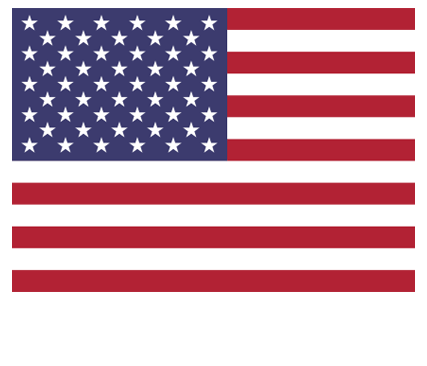The Origin Of Vacuum Forming Molds
While most of us are unfamiliar with vacuum forming, the process is responsible for the packaging surrounding millions of everyday products. Vacuum forming is actually a simplified version of thermoforming, in which a thin sheet of plastic is heated to a high temperature so the plastic can be stretched onto a mold by use of a vacuum.
The process offers a wide range of benefits to manufacturers with its high-volume capability and simplicity of storing large quantities of plastic sheets. High quality, high volume, and low cost are all attractive to customers as well.
Vacuum Forming At Work
Left to its own devices, vacuum forming is only capable of producing shallow products such as plastic signs, covers, and product packaging for small items. Ubiquitous blister packs and clamshell packaging use this process.
To obtain three dimensions, manufacturers combine vacuum forming with line bending equipment, making it possible to create everyday products like TVs, speakers, point of sale displays and plastic containers. In fact, vacuum forming has proven to be highly adaptable and is used today for a variety of display marketing and promotional items. It’s fast, low cost and easy, making for reliable turnaround.
Vacuum Forming Mold Material
The first step of the vacuum-forming process is to create your mold, also known as “tooling.” This is usually the most in-depth step of the process. The most commonly used plastic in vacuum forming is acrylonitrile butadiene styrene (ABS). Other plastic will work, but keep in mind that the thicker the plastic is, the more heat and vacuum pull you need.
There are several ways to create vacuum forming mold; the one you use ultimately depends on your end goal, available resources, and how long you need the tool to last. Molds used in vacuum forming are made of an array of materials including: cast, plaster, clay, resin, wood, aluminum, and polyurethane.
Here is a look at the most common mold material options:
- Wood or MDF. Best for smaller production runs or teaching the basics of the technology as opposed to producing usable parts.
- Cast Resins. Ideal for larger production runs because resin tools can be sanded to a very smooth finish.
- Cast Aluminum. Cast aluminum tools may require extra finishing but the end product is very strong and this option is ideal for large production runs.
Other mold materials can also work well, depending on your project needs. To determine which mold is best suited to an application, you’ll want to analyze the inherent details and select a mold material that results in the highest quality with most efficient resource use.



